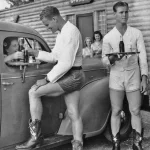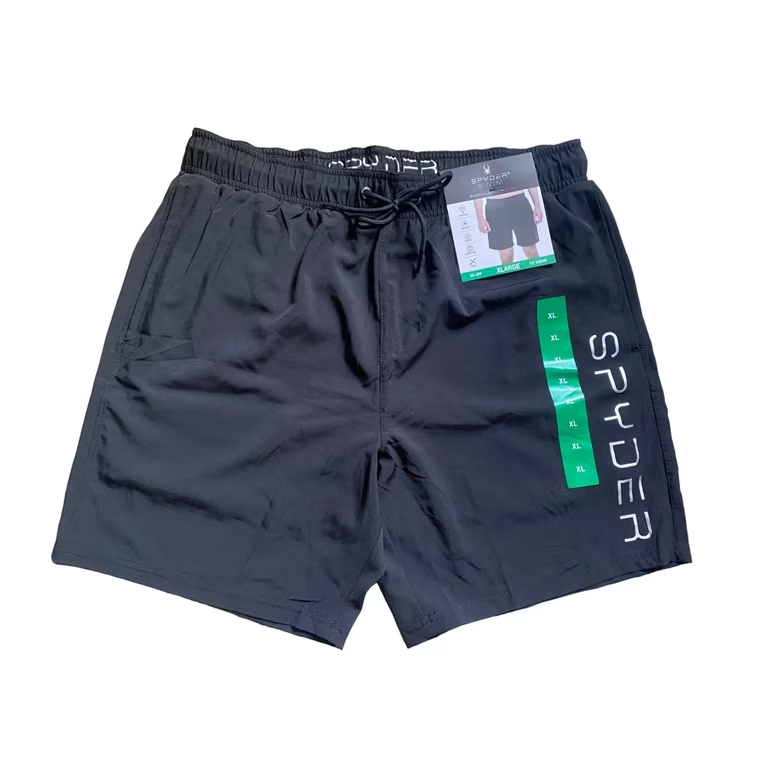Men’s pants have evolved significantly over time, reflecting cultural shifts and fashion trends. From formal trousers to casual jeans, there’s a pair of pants for every occasion and personal style. This comprehensive guide will explore the various types of men’s pants, their history, and how to choose the right pair for your wardrobe.
Classic Pants: The Cornerstones of Men’s Fashion
- Dress Pants:
- The epitome of formal wear. Dress pants are typically made from wool or a wool blend.
- Pleated or flat-front styles are common, and the rise (high or low) can influence the silhouette.
- Dress pants are often paired with a blazer, dress shirt. And tie for a sophisticated look.
- Chinos:
- A versatile option for both casual and semi-formal occasions. Chinos are typically made from cotton or a cotton blend.
- They come in a wide range of colors and styles, from classic khaki to bold hues like olive or burgundy.
- Chinos can be dressed up with a blazer and button-down shirt or dressed down with a polo shirt and sneakers.
- Khaki Pants:
- A staple in men’s wardrobes. Khaki pants are a type of chino made in a neutral khaki color.
- They are incredibly versatile and can be paired with almost anything.
- Khaki pants are often associated with a casual. Preppy style.
Casual Pants: Comfort and Style
- Jeans:
- The most popular type of men’s pants. Jeans are made from denim and come in various styles. Including skinny, slim, straight, and relaxed fit.
- Jeans can be dressed up or down depending on the occasion and your personal style.
- Popular denim washes include dark wash, medium wash, and light wash.
- Joggers:
- A comfortable and trendy option. Joggers are tapered pants with elastic cuffs.
- They are often made from athletic fabrics like fleece or French terry.
- Joggers can be paired with a sweatshirt for a casual athleisure look or with a blazer for a more modern take on formal wear.
- Cargo Pants:
- Inspired by military uniforms, cargo pants feature multiple pockets on the legs.
- They are typically made from cotton or a cotton blend.
- Cargo pants are a popular choice for outdoor activities and casual streetwear.

Specialty Pants: For Unique Occasions
- Corduroy Pants:
- Made from a fabric with raised, parallel ridges, corduroy pants are a classic fall and winter staple.
- They come in various cord weights, from light to heavy.
- Corduroy pants can dresse up or down. Depending on the occasion and your personal style.
- Linen Pants:
- A lightweight and breathable option for warm weather. Linen pants make from flax fibers.
- They typically wrinkle. Which is part of their charm.
- Linen pants are perfect for casual summer outings.
- Leather Pants:
- A bold and edgy choice. Leather pants make from animal leather.
- They often associate with a rock and roll or biker style.
- Leather pants require careful maintenance and can be quite expensive.

Choosing the Right Pants: Factors to Consider
- Fit: The most important factor when choosing pants is the fit. They should be comfortable but not too loose or too tight.
- Occasion: Consider the occasion when selecting pants. Dress pants are appropriate for formal events, while jeans or chinos are more suitable for casual settings.
- Style: Your personal style should also influence your choice of pants. If you prefer a classic look, dress pants or chinos may be a good option. If you’re more adventurous, you might consider cargo pants or leather pants.
- Fabric: The fabric of your pants can impact their comfort, durability, and appearance. For example, wool pants are warm and durable, while linen pants are lightweight and breathable.
Ethical labor practices in the manufacturing of pants
Ethical labor practices in the pants manufacturing industry are essential to ensuring that workers treate fairly and humanely. This includes fair wages, safe working conditions, and respect for workers’ rights. Unfortunately, there have been numerous instances of labor abuses in the garment industry, including child labor, forced labor, and unsafe working conditions.
Key Ethical Labor Practices
- Fair Wages: Workers should receive fair wages that are sufficient to meet their basic needs and provide for their families. This includes ensuring that workers pay a living wage. Which define as the minimum income necessary to meet basic needs and live with dignity.
- Safe Working Conditions: Workers should have access to safe and healthy working environments. This includes ensuring that factories well-ventilate. Free from hazardous materials, and equipped with safety equipment.
- Freedom from Discrimination: Workers should protecte from discrimination base on factors such as gender. Age, race, religion, or disability.
- Freedom from Forced Labor: Workers should not subjecte to forced labor. Which involves requiring workers to work against their will or under threat of punishment.
- Freedom of Association: Workers should have the right to form or join trade unions and to bargain collectively with their employers.
- Child Labor Prohibition: Child labor should prohibite. And children should protecte from hazardous working conditions.
Challenges and Solutions
There are several challenges to ensuring ethical labor practices in the pants manufacturing industry. These include:
- Global Supply Chains: The complex global supply chains involved in the production of pants can make it difficult to monitor working conditions in factories around the world.
- Low Prices: The pressure to produce pants at low prices can lead to unethical practices, as manufacturers may cut corners on labor costs in order to meet demand.
- Lack of Enforcement: In some countries. Labor laws may not enforce effectively. Allowing companies to get away with violations.
To address these challenges, it is important to implement a range of solutions, including:
- Transparency and Accountability: Companies should be transparent about their supply chains and should held accountable for the labor practices of their suppliers.
- Third-Party Audits: Independent third-party audits can use to assess working conditions in factories and identify any violations of labor standards.
- Consumer Pressure: Consumers can play a role in promoting ethical labor practices by choosing to buy pants from brands that committe to fair and sustainable production.
- Government Regulations: Governments can play a role in ensuring ethical labor practices by enacting and enforcing strong labor laws.
By working together, consumers, companies, and governments can help to create a more ethical and sustainable pants manufacturing industry.
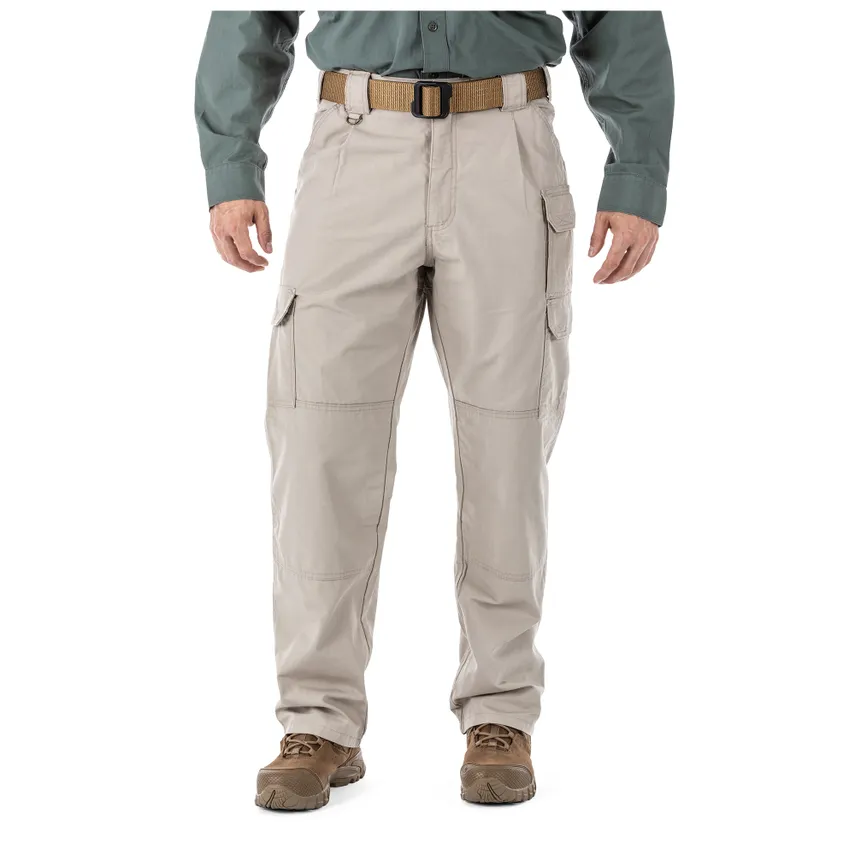
Care and Maintenance Tips
- Follow the care label: Always follow the care instructions on the garment’s label.
- Wash or dry clean as needed: Some pants can machine washe. While others require dry cleaning.
- Hang or lay flat to dry: Avoid putting pants in the dryer, as this can cause them to shrink or lose their shape.
- Iron or steam as needed: Iron or steam your pants to remove wrinkles and maintain their appearance.
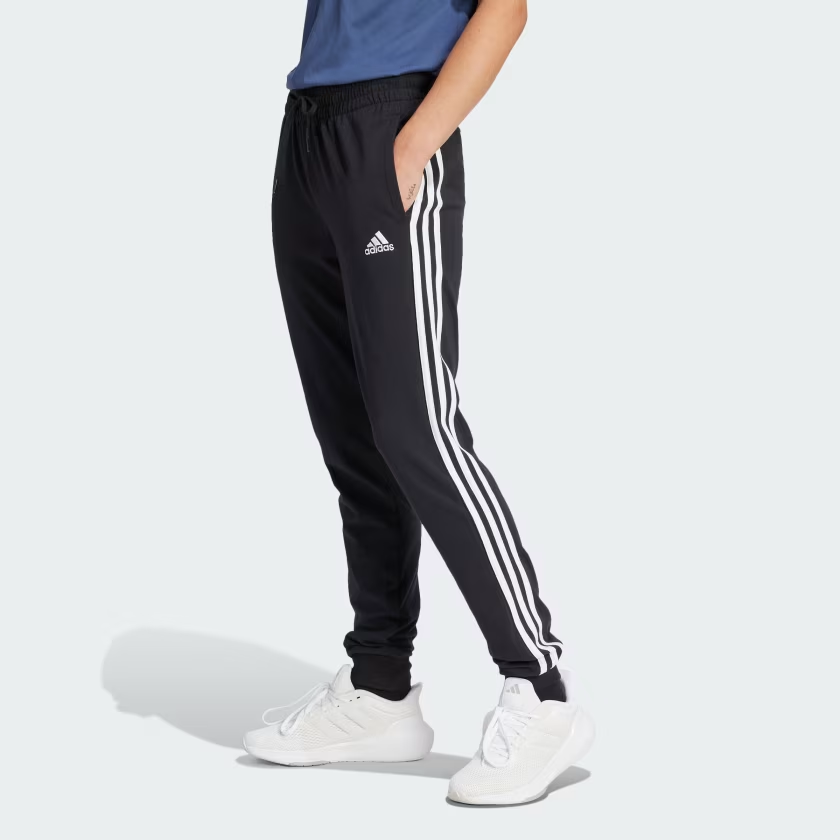
Movement towards sustainable and eco-friendly pants production
As consumers become increasingly aware of the environmental impact of their clothing choices, there has been a significant movement towards sustainable and eco-friendly pants production. This trend has led to the development of innovative materials, manufacturing processes, and ethical sourcing practices.
Sustainable Fabrics
One of the key factors in sustainable pants production is the use of eco-friendly fabrics. Some of the most popular sustainable materials include:
- Organic cotton: Grown without the use of harmful pesticides and chemicals, organic cotton is a more sustainable alternative to conventional cotton.
- Recycled polyester: Made from recycled plastic bottles, recycled polyester reduces waste and energy consumption.
- Tencel: A biodegradable fabric derived from wood pulp, Tencel is both sustainable and comfortable.
- Hemp: A durable and breathable fabric that requires minimal pesticides and fertilizers to grow.
- Linen: A natural fiber that is highly biodegradable and requires less water to produce than cotton.
Ethical Sourcing
Ethical sourcing is another important aspect of sustainable pants production. This involves ensuring that the materials used and the workers involved in the manufacturing process treate fairly and responsibly. Sustainable brands often work with suppliers who adhere to ethical labor standards and environmental regulations.
Sustainable Manufacturing Processes
In addition to sustainable materials and ethical sourcing, sustainable pants production also involves the use of environmentally friendly manufacturing processes. This can include:
- Water conservation: Reducing water usage during the dyeing and finishing processes.
- Energy efficiency: Implementing energy-saving measures in factories and production facilities.
- Waste reduction: Minimizing waste generated during the manufacturing process.
- Chemical-free production: Avoiding the use of harmful chemicals in the dyeing and finishing processes.
Benefits of Sustainable Pants
Choosing sustainable pants offers several benefits, including:
- Reduced environmental impact: By supporting sustainable production practices, you can help to reduce your carbon footprint and protect the planet.
- Improved quality: Sustainable materials are often higher quality and more durable than conventional materials.
- Ethical sourcing: You can be confident that your pants produce in a fair and ethical manner.
- Support for sustainable brands: By choosing sustainable brands. You are supporting businesses that committe to making a positive impact on the environment.
As the demand for sustainable fashion continues to grow, we can expect to see even more innovative and eco-friendly pants options on the market. By making conscious choices about the clothes we wear, we can help to create a more sustainable future.
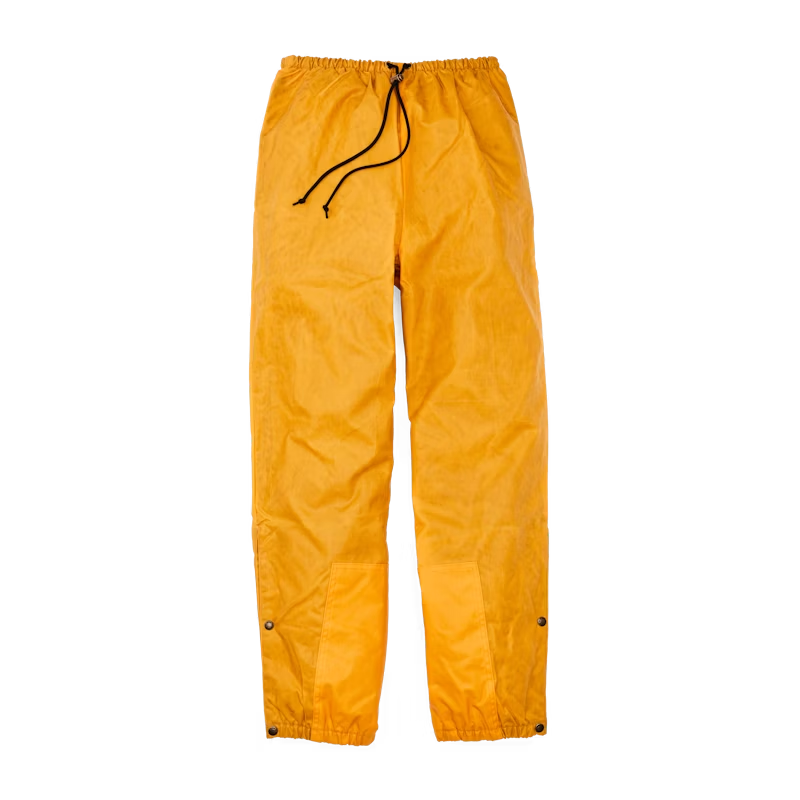
Men’s pants offer a wide range of options to suit different styles, occasions, and personal preferences. From classic dress pants to trendy joggers, there’s a pair of pants out there for everyone. By considering factors like fit, occasion, style, and fabric, you can choose the perfect pants to complete your wardrobe.

